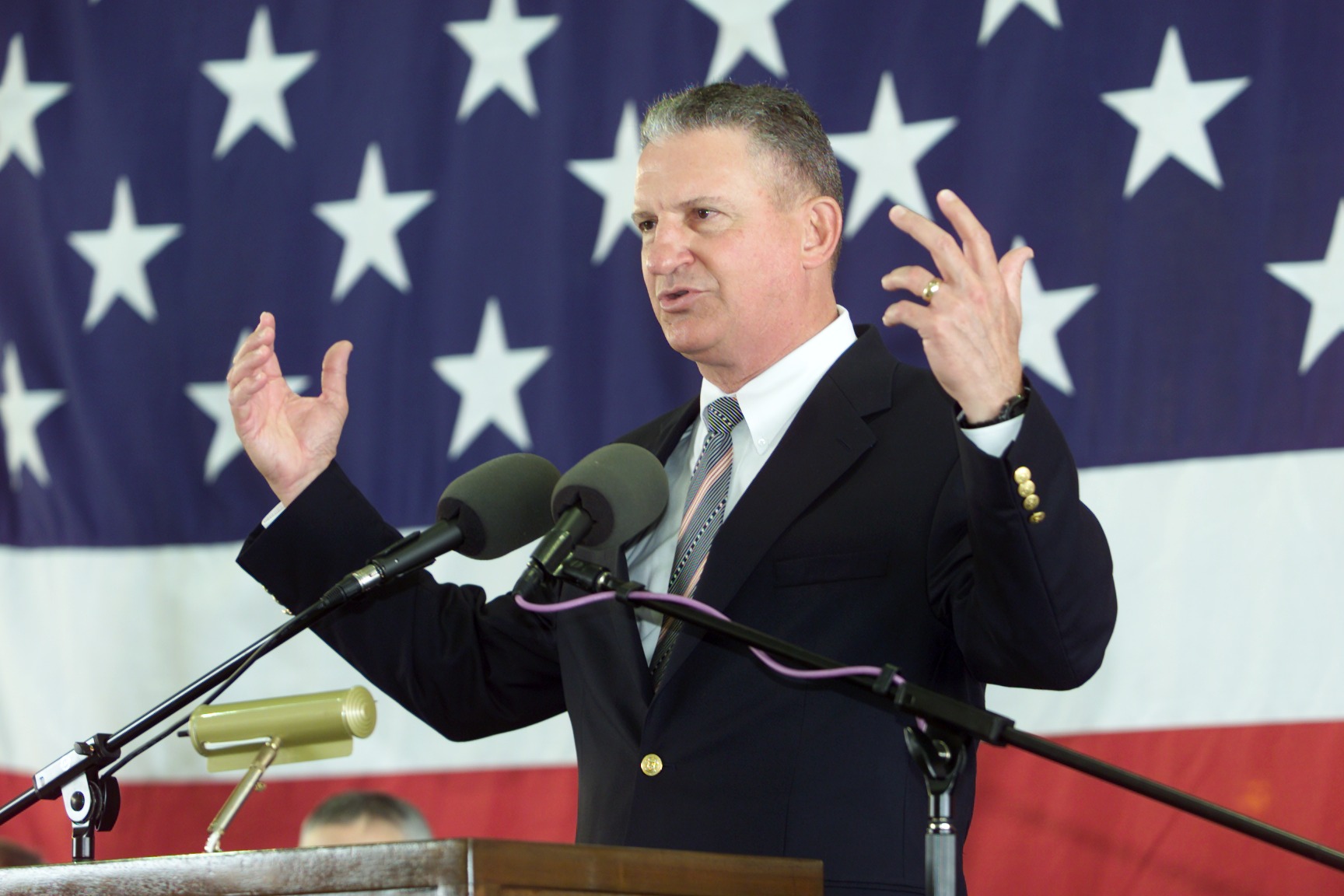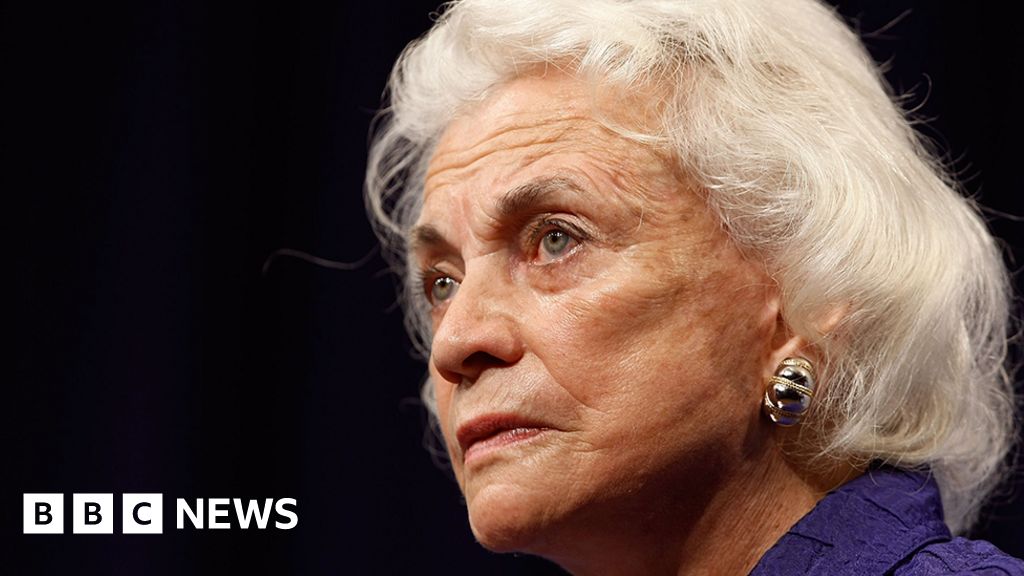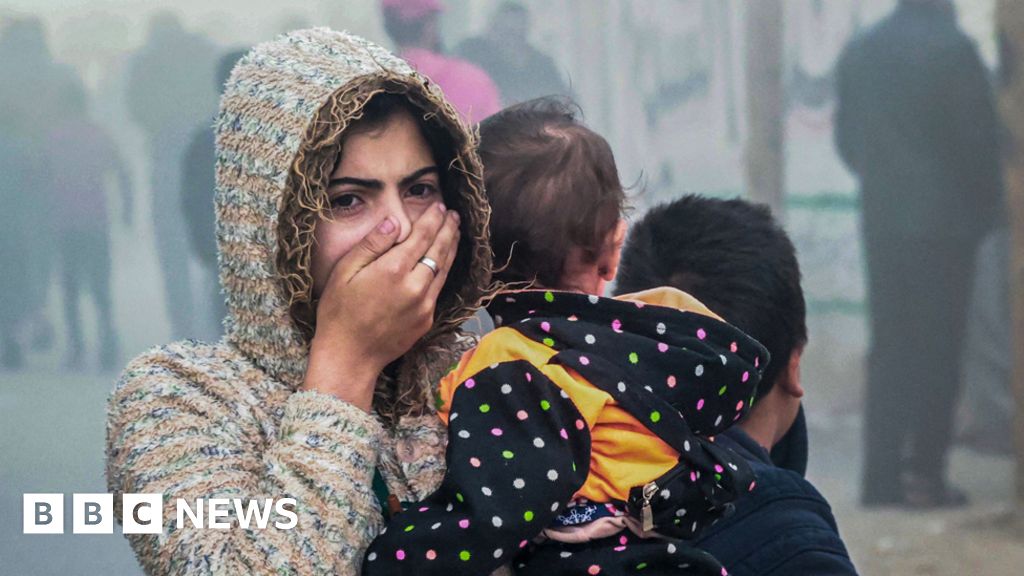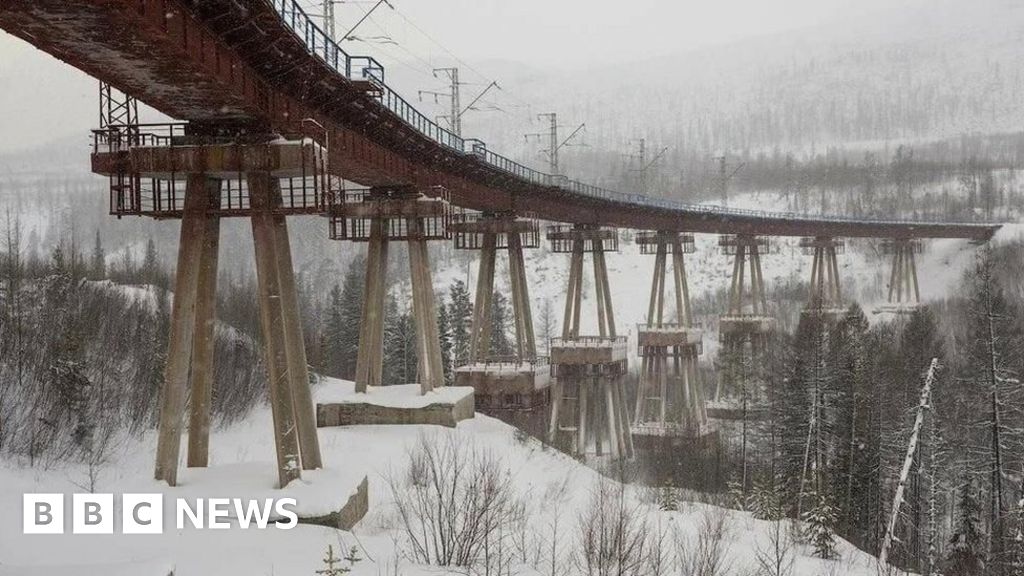Russia Regains Upper Hand in Ukraine’s East as Kyiv’s Troops Flag
The Ukrainian soldier stared at the Russian tank. It was destroyed over a year ago in the country’s east
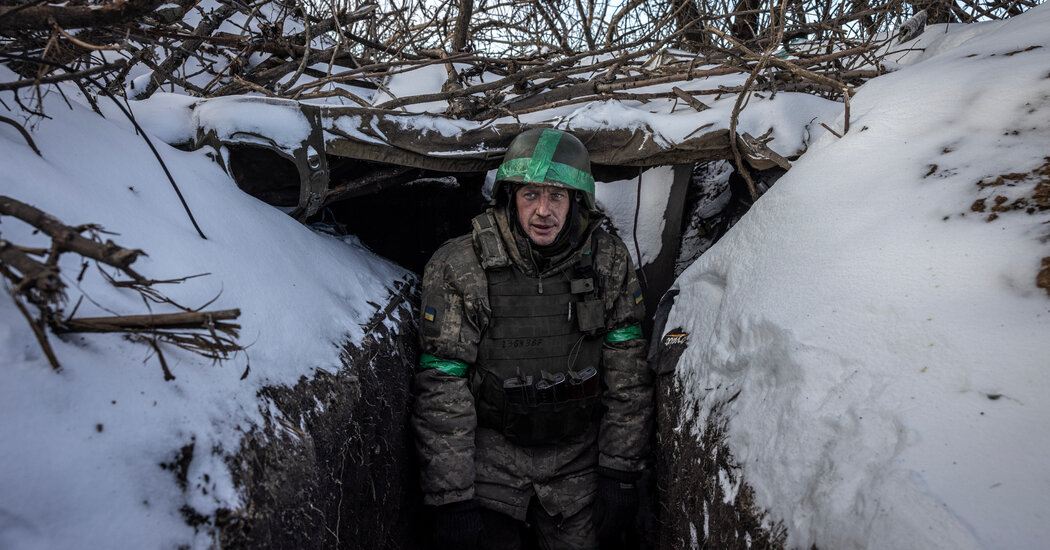
The Ukrainian soldier stared at the Russian tank. It was destroyed over a year ago in the country’s east and now sat far from the front line. He shrugged and cut into its rusted hull with a gas torch.
The soldier was not there for the tank’s engine or turret or treads. Those had already been salvaged. He was there for its thick armor. The metal would be cut and strapped as protection to Ukrainian armored personnel carriers defending the embattled town of Avdiivka, around 65 miles away.
The need to cannibalize a destroyed Russian vehicle to help protect Ukraine’s dwindling supply of equipment underscores Kyiv’s current challenges on the battlefield as it prepares for another year of pitched combat.
“If our international partners moved faster, we would have kicked their ass in the first three or four months so hard that we would have gotten over it already. We’d be sowing fields and raising children,” said the soldier, who went by the call sign Jaeger, in keeping with military protocol. “We’d be sending bread to Europe. But it’s been two years already.”
Ukraine’s military prospects are looking bleak. Western military aid is no longer assured at the same levels as years past. Ukraine’s summer counteroffensive in the south, where Jaeger was wounded days after it began, is over, having failed to meet any of its objectives.
And now, Russian troops are on the attack, especially in the country’s east. The town of Marinka has all but fallen. Avdiivka is being slowly encircled. A push on Chasiv Yar, near Bakhmut, is expected. Farther north, outside Kupiansk, the fighting has barely slowed since the fall.
The joke among Ukrainian troops goes like this: The Russian army is not good or bad. It is just long. The Kremlin has more of everything: more men, ammunition and vehicles. And they are not stopping despite their mounting numbers of wounded and dead.
But the soldiers’ joke had another certain truth to it. Neither side has distinguished themselves with tactics that have led to a breakthrough on the battlefield. Instead, it has been a deadly dance of small technological advances on both sides that have yet to turn the tide, leaving a conflict that looks like a modernized version of World War I’s Western Front: sheer mass versus mass.
It is that tactic that provides Russia the advantage as it pushes to secure Ukraine’s eastern Donbas region, Moscow’s primary war aim after its defeat in 2022 around Kharkiv, Kherson and the capital, Kyiv. Russia has a population three times the size of Ukraine’s, and its military industrial base is operating at full tilt.
“The Russian advantage at this stage is not decisive, but the war is not a stalemate,” said Michael Kofman, a senior fellow in the Russia and Eurasia program at the Carnegie Endowment for International Peace, who recently visited Ukraine. “Depending on what happens this year, particularly with western support for Ukraine, 2024 will likely take one of two trajectories. Ukraine could retake the advantage by 2025, or it could start losing the war without sufficient aid.”
For now, Ukraine is in a perilous position. The problems afflicting its military have been exacerbated since the summer. Ukrainian soldiers are exhausted by long stretches of combat and shorter rest periods. The ranks, thinned by mounting casualties, are only being partly replenished, often with older and poorly trained recruits.
One Ukrainian soldier, part of a brigade tasked with holding the line southwest of Avdiivka, pointed to a video he took during training recently. The instructors, trying to stifle their laughs, were forced to hold up the man, who was in his mid-50s, just so he could fire his rifle. The man was crippled from alcoholism, said the soldier, insisting on anonymity to candidly describe a private training episode.
“Three out of ten soldiers who show up are no better than drunks who fell asleep and woke up in uniform,” he said, referring to the new recruits who arrive at his brigade.
Kyiv’s recruiting strategy has been plagued by overly aggressive tactics and more widespread attempts to dodge the draft. Efforts to rectify the problem have spawned a political argument between the military and civilian leadership.
Military officials reinforce the need for wider mobilization to win the war, but the office of President Volodymyr Zelensky of Ukraine is apprehensive about introducing unpopular changes that could end with a drive to mobilize 500,000 new soldiers. That number, analysts say, takes into account Ukraine’s staggering losses and what is likely needed to push back the Russians.
While Ukrainian casualties remain a closely guarded secret, U.S. officials over the summer estimated deaths and injuries to be well over 150,000. Russian forces have also taken huge numbers of casualties, according to those officials, but the Kremlin’s forces still managed to repel a concerted Ukrainian counteroffensive, regroup and are now assaulting in frigid winter conditions.
“We’re tired,” a Ukrainian platoon commander said, speaking anonymously given the sensitivity of his comments. “We could always use more people.”
The shortage of troops is only one part of the problem. The other and currently more pressing issue is Ukraine’s dwindling ammunition reserves as continued Western supplies remain anything but certain. Ukrainian commanders now have to ration their ammunition, not knowing whether every new shipment might be their last.
At the end of 2023, members of a Ukrainian artillery crew from the 10th Brigade sat inside a bunker nestled into a bare tree line in the country’s east, their Soviet-era 122-millimeter howitzer draped in camouflage netting and leafless branches.
Only when a truck carrying two artillery shells arrived could the crew get to work for the first time in days. They quickly loaded the shells and fired toward Russian soldiers attacking Ukrainian positions three miles away.
“Today we had two shells, but some days we don’t have any in these positions,” said the crew’s commander, who goes by the call sign Monk. “The last time we fired was four days ago, and that was only five shells.”
The shortage of ammunition — and the shifting battlefield momentum — means the gunners are no longer supporting Ukrainian attacks. Instead, they only fire when Russian troops are storming Ukrainian trenches.
“We can stop them for now, but who knows,” Monk said. “Tomorrow or the next day, maybe we can’t stop them. It’s a really big problem for us.”
Near Kupiansk, a deputy battalion commander from the 68th Brigade, who goes by the call sign Italian, echoed Monk’s concerns.
“I have two tanks, but only five shells,” said Italian, as he walked through a denuded tree line splintered by shelling about 500 yards from Russian positions in the Luhansk region. “It’s a bad situation now, especially in Avdiivka and Kupiansk.”
This ammunition imbalance has been felt across much of the more than 600-mile front line, Ukrainian soldiers said. The Russian units are in a position similar to the summer of 2022, where they can simply wear down a Ukrainian position until Kyiv’s forces run out of ordnance. But unlike that summer, there is no longer a frantic scramble in Western capitals to arm and re-equip Ukraine’s troops.
And unlike that summer, drones have assumed a much larger presence in the arsenal of both sides — especially the FPV racing drones affixed with explosives and used like remote-controlled missiles.
These drones have supplemented traditional artillery as both Russia and Ukraine wrestle with stockpiling enough shells to wage a protracted and bloody war. In the past nine months, the FPV drone numbers have surged by at least 10 times, and more casualties are caused by drones than artillery on some parts of the front, Ukrainian soldiers said.
Even the tranche of United States-supplied cluster munitions, controversial because they harm civilians long after a war’s end, has lost some of its potency on the battlefield.
“Initially in September, we could hit large groups, but now they assault in much smaller units,” said the platoon commander, who was fighting outside Bakhmut. He added that the Russians have made their trenches even deeper and harder to hit.
Outside Avdiivka, where Russian forces are concentrating much of their forces in the east, the rumble of artillery on one recent afternoon was almost nonstop. It was a soundtrack not heard since the war’s earlier months, when Russian paramilitary forces assaulted Bakhmut, eventually capturing it.
The soldiers defending Avdiivka’s flank said that some days, Russian formations had assaulted in nine separate waves, hoping for Ukrainian trenches to fold. It is a tactic replicated across the front by Moscow’s infantry, with little sign of stopping despite a high attrition rate common for a force attacking dug-in positions.
Washington’s suggestion for Ukraine to go on the defensive in 2024 will mean little if Kyiv does not have the ammunition or people to defend what territory it currently holds, analysts have said.
“Our guys are getting pounded heavily,” said Bardak, a Ukrainian soldier working alongside Jaeger next to the derelict tank. “It’s hot all over now.”
Finbarr O’Reilly and employees from The New York Times contributed reporting.


